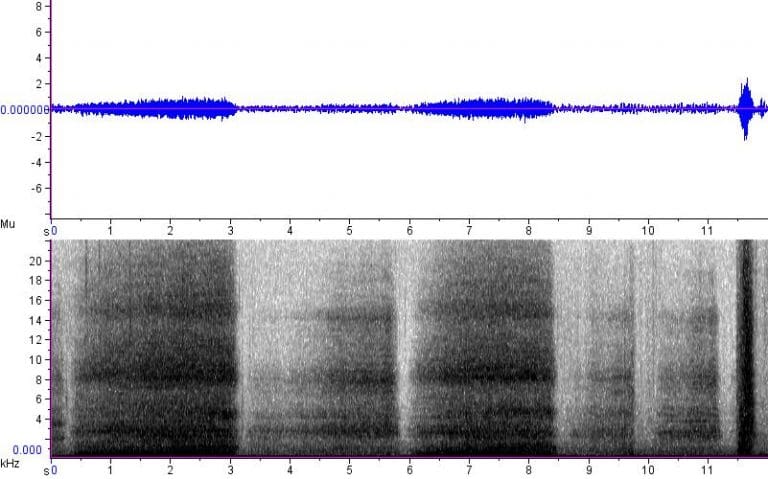Snakes have no external ears but can communicate by means of pheromones that may be deposited in the area that they live or hunt in. These scent particles are picked up with the flickering tongue and placed in the Jacobsen’s organ in the roof of the mouth for analysis. In this manner snakes can communicate their gender, age and reproductive status with other snakes in the surrounding area.
Snakes “communicate” with humans, and other potential threats, by making hissing or other noises such as a rattlesnake’s rattle, and in many cases make themselves appear larger than they really are. Cobras, mambas and some other species are able to spread the ribs in the neck to form a hood and many harmless snakes make a great show of hissing, coiling and uncoiling and striking in an attempt to intimidate a predator or person.
Snouted Cobra
The Snouted Corba (Naja annulifera) is a large robust snake, with adults being 1.5 – 2 metres in length. If disturbed or cornered they react by rising up and spreading a hood. This defensive display usually begins with several warning hisses followed by the actual strike (the actual strike as can be heard in the sound clip).
On the other hand, the Puff Adder (Bitis arietans) is a thick-set, somewhat sluggish snake. When disturbed it coils into S-shape with the head raised and usually warns by giving a deep, loud hiss before lunging forward to strike.




